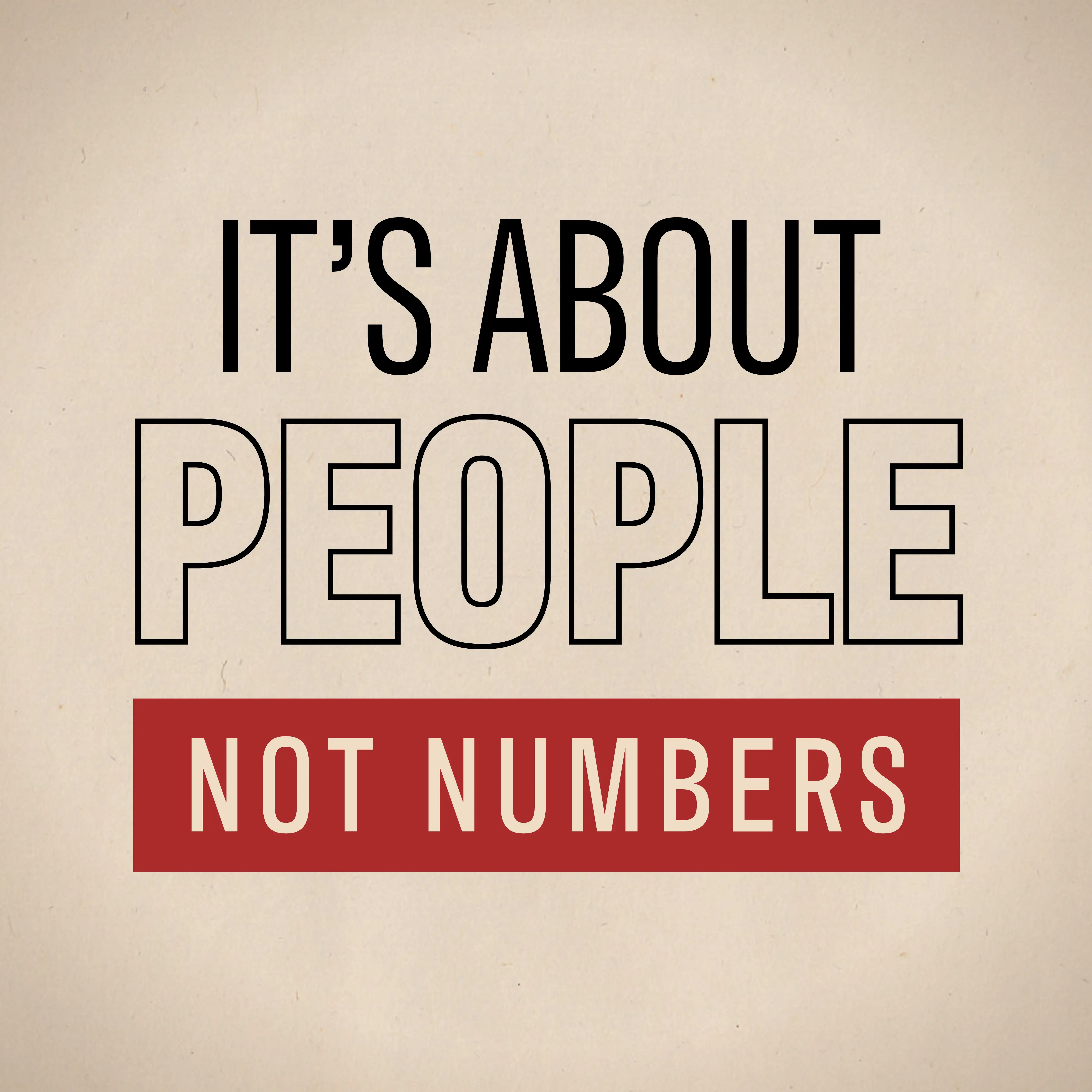A new report launched in Brussels on 6 March 2019 gives a detailed picture of the physical, sexual and psychological violence many women and girls have had to endure in Eastern and Southeastern Europe.
The report is based on a survey undertaken by the OSCE with support from the European Commission, UNFPA and other partners in 2018 in seven countries of the region: Albania, Bosnia and Herzegovina, Montenegro, North Macedonia, Serbia, Moldova and Ukraine. The survey also covered Kosovo. In total, 15,179 women aged 18 to 74 were interviewed for the survey.
“Violence against women and girls is a human rights violation that has wide-reaching consequences: it not only threatens the security and safety of its victims, but also influences the communities and societies they live in,” said OSCE Secretary General Thomas Greminger at the launch of the report.
“This OSCE-led survey sheds light for the first time on the prevalence of violence that women and girls suffer in this part of Europe,” he added. “It also gives policy-makers the data and tools they need to improve national laws and policies and put in place efficient frameworks to better protect victims.”
The survey was designed to provide high quality research and data to increase the understanding of women’s experience of violence in conflict and non-conflict situations. In addition to a quantitative view, it also gives a unique insight into the prevalence and consequences of violence against women, and into persistent harmful norms and attitudes in the region.
The survey is based on the methodology used by the European Union Agency for Fundamental Rights (FRA) for its report “Violence against women: an EU-wide survey” published in 2014. More than 42,000 women from all European Union countries were interviewed for that report. Together, the two surveys cover 35 countries in Europe. Since the methodologies are the same, the data collected for the two reports are comparable, which makes it easier to plan and develop regional initiatives and actions, as well as local policies and services.
The survey reveals that 70% of women interviewed experienced some form of violence since the age of 15, while 45% of all women interviewed experienced at least one form of sexual harassment since they were 15 years old and 21% of women experienced physical, sexual or psychological violence during childhood (up to the age of 15).
According to the survey, some of the factors that make it more likely for women to be subjected to violence are being part of a minority, being young, poor or economically dependent, or having children. Women with partners who often drink, are unemployed or have fought in armed conflict are also more likely to experience violence.
The report makes a number of recommendations on how to use the survey data, including to update and implement national legal frameworks to cover all forms of violence against women and girls, including online violence, sexual harassment, stalking and psychological violence; regularly review and monitor recently introduced laws and policies on combating violence against women; engage national human rights institutions and transparent reporting on the support provided to victims; properly resource and support national institutions working on gender equality so they can fulfil their key role to implement and monitor policy and legislation; and train police and judiciary on how to protect and support victims, putting the victims at the centre of their work.
In addition to the European Commission and UNFPA, the survey received support from UN Women and UNICEF, as well as from the governments of Germany, Norway, Sweden, the United States of America, Italy, Austria and Finland.





